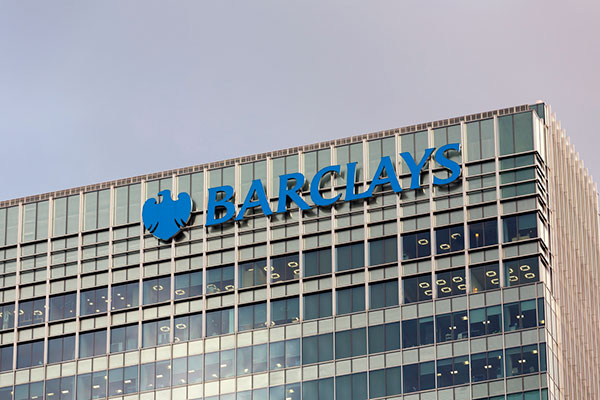Barclays’ results set the bar high for its rivals
The bank was dogged despite the pandemic, making it the standout choice in the sector.
18th February 2021 09:54
by Richard Hunter from interactive investor
The bank was dogged despite the pandemic, making it the standout choice in the sector.

The results are far from perfect, but in opening the reporting season Barclays (LSE:BARC) has set the bar high for its rivals.
The unavoidable spectre of the pandemic dominates its fourth quarter and full-year figures.
Barclays has continued in its efforts to oil the economy, and for the full year provided support to businesses of £27 billion, waived fees and interest to the tune of £100 million and allowed 680,000 payment holidays.
However, the impairment provisions made throughout the pandemic rose by another £500 million in the final quarter, bringing the annual total to £4.8 billion and inevitably distorting the overall picture.
By the same token, the strength of the diversified business model was also writ large within the figures.
Group income for the year rose by 1%, propelled by a rise of 22% in the Corporate Investment Bank and offsetting the declines of 22% in Consumer Cards & Payments and 14% in Barclays UK.
- UK bank sector annual results preview
- Investors want bank dividends restored this year
- Banks told to get ready for prospect of negative interest rates
As customers have battened down the hatches in depositing more with the bank, they have also attempted to pay down credit card debt, for example, both of which drag on the bank’s income.
Even so, Barclays remains financially robust, with access to a liquidity pool of £266 billion. Its capital cushion is well above the regulatory requirement and improved to 15.1%, compared to 13.8% the previous year and 14.6% at the end of the third quarter. Pre-tax profit for the year dropped to £3.1 billion, compared to £4.4 billion a year before, but is ahead of the expected figure of around £2.8 billion.
This has given Barclays the leeway to announce effective distributions of 5p per share. The dividend part of the distribution of 1p is little more than the bank dipping its toe back in the payout waters.
It may be of some disappointment to income-seekers who were looking back to the pre-pandemic dividend yield of 9.6% as a guide. Even so, the announced share buyback of £700 million should lend some support to the share price and shows management’s confidence in prospects.
The economic environment past and present has nonetheless left its mark on the group’s performance. There are a number of issues to address, such as a return of capital figure of 3.4%, significantly shy of the previous year’s 9% and the bank’s longer-term target of 10%.
The cost/income ratio remained stable at 63% year-on-year. However, a fourth quarter when group income dropped 7% and operating expenditure rose 7% contributed to a jump from 59% at the end of the third quarter.
In all, the performance is dogged, set against an extraordinary backdrop. The shares have risen 39% since the announcement of a vaccine in early November, which prompted hopes of a much-needed general economic recovery.
However, much of the damage was already done and the shares remain down 13% over the last year, as compared to a decline of 9% for the wider FTSE 100.
There is light at the end of the tunnel given the bank’s financial strength and diversity, though, and Barclays is currently the preferred play in the sector.
The market consensus of the shares as a ‘buy’ reflects the bank’s recovery prospects
These articles are provided for information purposes only. Occasionally, an opinion about whether to buy or sell a specific investment may be provided by third parties. The content is not intended to be a personal recommendation to buy or sell any financial instrument or product, or to adopt any investment strategy as it is not provided based on an assessment of your investing knowledge and experience, your financial situation or your investment objectives. The value of your investments, and the income derived from them, may go down as well as up. You may not get back all the money that you invest. The investments referred to in this article may not be suitable for all investors, and if in doubt, an investor should seek advice from a qualified investment adviser.
Full performance can be found on the company or index summary page on the interactive investor website. Simply click on the company's or index name highlighted in the article.